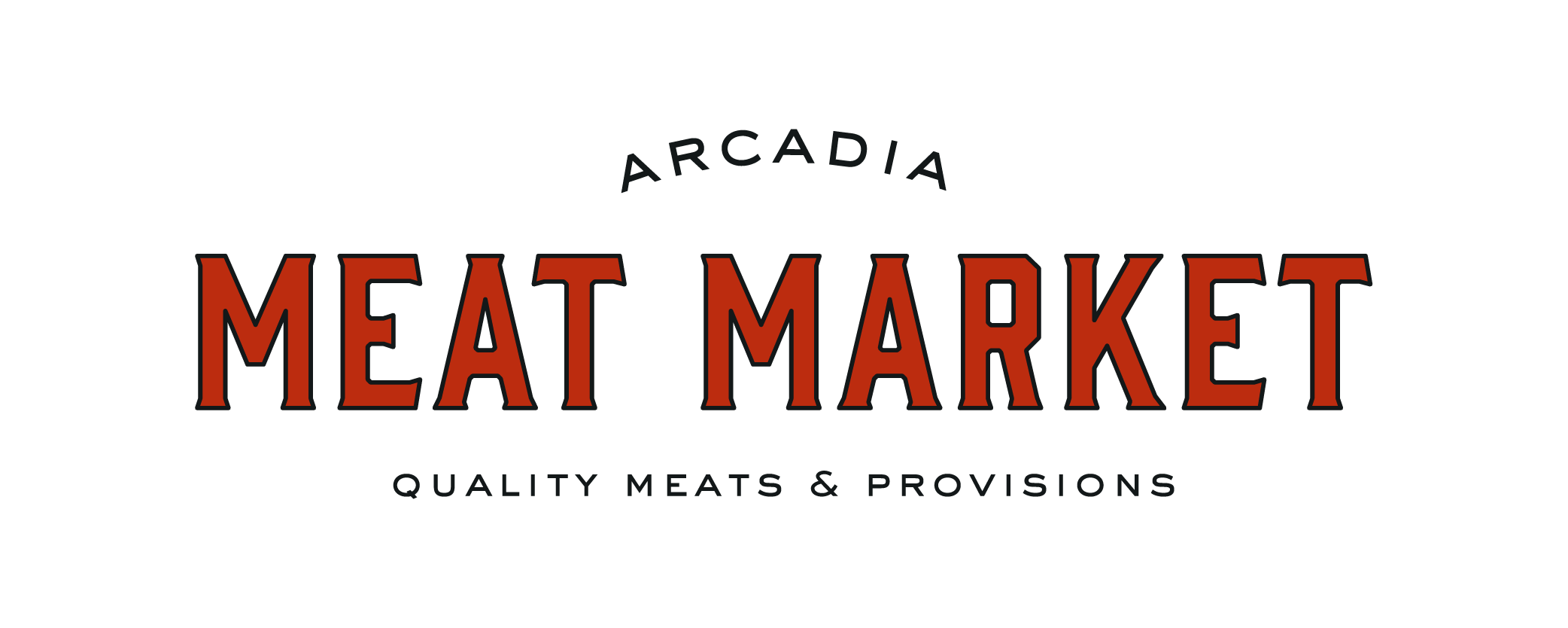Vocabulary
Labels can be a mouthful, here’s a quick guide for some clarity.
Whole animal butchery
Butchering in a fashion that utilizes the entirety of the animal carcass. Separating the steaks,chops, and roasts; making sausages, burgers, terrines from the tougher cuts, rendering fat for lard/tallow, serving the offal and utilizing the bones for soup/broth. By committing to using the entire animal, we honor the sacrifice, nourish our bodies and move toward sustainability.
organic
Animals raised on land not subjected to synthetic fertilizers, pesticides, fungicides, sewage or genetic engineering. Animals must be fed organic product, grass or grain (animal dependent) with no use of antibiotics or additional hormones.
certified organic
Regulated by the USDA’s Agricultural Marketing Service, certification ensures the above rules including- the land must be free of mentioned chemicals for three years minimum prior to certification, and animals must be raised in a way that “accommodates their health and natural behavior.” USDA Inspections occur yearly for certified producers.
NOTE- Our beef from AZ Grass Raised is organic. It is not and cannot be certified organic as they are free range, roaming millions of acres across the state that cannot be certified. Our pigs from Rancho Lllano Seco and Lamb from CPR are also organic but neither certified.
grassfed
At it’s simplest form its exactly what it sounds like- animals that ate grass. However, nearly all ruminants are grassfed in their infancy, some continue on ranges or pastures eating grass- other are sent to feedlots or other pastures to be fattened and “finished” on grain. The label simply implies the animal ate grass at any point throughout its life, not its entire life.
grass finished
These are the ruminants that ate grass their entire life. Also labeled as 100% Grassfed - Grass Fed Grass Finished. All of our beef from AZ Grass Raised is always 100% grass finished.
american grassfed association
An organization with strict standards ensuring 100% grass diet, sufficient range space, animal health and humane slaughter. Our beef is AGA Certified.
USDA
United States Department of Agriculture. Department in charge of upholding standards for livestock food production, food safety and quality.
USDA grading System
The USDA grades commodity grain finished beef based on “quality” - which is based on marbling, color, maturity and fat content. Prime, Choice, Select in highest to lowest order. The USDA does not grade GRASS FED AND FINISHED beef. Since the grading scale relies so heavily on intramuscular marbling (which grain finishing dramatically increases), grass fed and finished beef does not lend itself well to this scale. Our ranchers work hard to select cows with great genetics to bring the best of what’s possible for animals living a wholesome grass fed and finished life outside on free range.
grain fed (or Finished)
Cows that we’re fed grain for a period of time, usually to increase marbling and/or expedite the time to bring a cow up to harvest weight.
commodity meat
Shit cows, that have a shit life, eating shit “food”, meet a shitty ending at a shitty processing plant. Can be found on the Manager’s Special aisle at Bashas, almost all restaurants and your grandmas Meatloaf.
free range
The method of farming husbandry where the animals, for at least part of the day, can roam freely outdoors, rather than being confined in an enclosure for 24 hours each day. Very loose.
pasture raised
A pasture raised animal must have access to the outdoors a minimum of 120 days per year. Pasture will also refer to the land that the animal is raised on has been irrigated, typically in order to grow crops for them to eat (grass in the case of our lamb, and grains/legumes for our pigs.
Our pigs, chickens and sheep are all pastured raised.
hormone free (or) No additional hormones
Technically meat can’t be hormone free, cause you know- animals have hormones. But, this terms means the farmer does not use any additional hormones. All our meat is free of additional hormones.
antibiotic free
Pretty simple here, no antibiotics. Sometime animals do get sick and require antibiotics. When and if this is completely necessary our ranches wait at a minimum of six months to let the antibiotic pass 100%. Why is it important in the big picture? For decades farmers and ranchers have used antibiotic to keep sickly animals in poor inhumane conditions from dying as they should. Over time, too many antibiotics have created Superbugs, bacteria we can ingest with a natural resistant to antibiotics we would generally take to rid ourselves of bacteria.
GMO
Genetically Modified Organism. A lot of opinions here. In short these are plants modified by scientists to grow differently. Humans have been modifying plants for thousands of years, grafting and creating a seemingly endless variations of citus and stone fruit trees. Fast forward and we’ve only gotten better at it. Current GMO trends and opinions revolve heavily around Monsanto and their crops modified to resist the spraying of their proprietary weedkiller. Other issues revolve around our reliance on large monocrop agriculture (almost always gmo) and their general destruction of the earth’s topsoil.
non-GMO
Not genetically modified. Any product bearing the USDA organic label, is always non-GMO by default.

